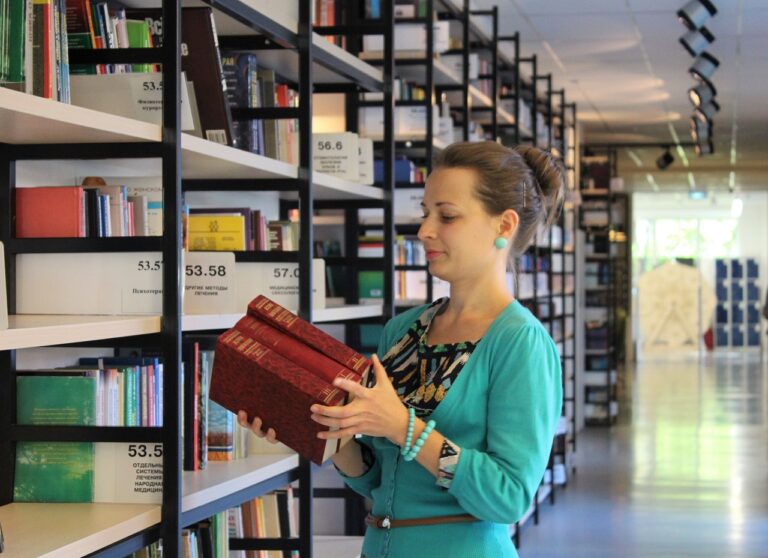The Benefits of Art Therapy in Special Education
sky247 login, gold365 betting, gold365:Art therapy has been increasingly recognized as a valuable tool in special education programs for children with various disabilities and special needs. Through the use of artistic expression, creativity, and imagination, art therapy offers a wide range of benefits that can help students improve their communication skills, emotional expression, and overall well-being. In this article, we will explore the advantages of art therapy in special education and how it can positively impact the lives of children with special needs.
Breaking Barriers Through Art
One of the main benefits of art therapy in special education is its ability to break down barriers to communication. Many children with disabilities struggle to express themselves verbally, whether due to speech impairments or social difficulties. Art therapy provides a non-verbal outlet for these children to communicate their thoughts, feelings, and experiences. Through drawing, painting, and other forms of artistic expression, children can convey their emotions and experiences in a safe and supportive environment.
Building Confidence and Self-Esteem
Engaging in art therapy can also help children in special education programs build confidence and self-esteem. Creating art allows children to explore their creativity and express themselves without fear of judgment. As they see their ideas come to life on paper or canvas, children can develop a sense of pride and accomplishment, boosting their self-confidence and self-worth. This newfound confidence can carry over into other areas of their lives, empowering them to take on new challenges and embrace their unique abilities.
Improving Fine Motor Skills
For children with physical disabilities or motor skill challenges, art therapy can be highly beneficial in improving fine motor skills. Activities such as drawing, coloring, and cutting encourage children to use their hands and fingers in precise and coordinated ways. These activities can help children strengthen their muscles, improve their dexterity, and enhance their overall hand-eye coordination. As children practice these skills through art therapy, they can make significant progress in their motor development.
Promoting Emotional Regulation
Children with special needs often face challenges in managing their emotions and coping with stress. Art therapy provides a creative outlet for children to express and process their feelings in a constructive manner. Through art-making, children can explore complex emotions, release pent-up frustrations, and find healthy ways to regulate their emotional responses. By engaging in art therapy, children can develop coping skills, enhance their emotional awareness, and build resilience in the face of adversity.
Fostering Social Connections
Art therapy can also facilitate social connections among children with special needs, fostering a sense of community and belonging. Group art activities provide children with opportunities to collaborate, communicate, and connect with their peers in a supportive and inclusive environment. Through shared creative experiences, children can learn to work together, respect each other’s differences, and build meaningful relationships. These social interactions can help children develop important social skills, such as turn-taking, sharing, and teamwork.
Encouraging Self-Expression and Creativity
Above all, art therapy in special education encourages children to explore their own unique voices, perspectives, and creativity. By engaging in art-making, children can tap into their imaginations, express their ideas, and create something truly original. This process of self-expression not only nurtures children’s creativity but also helps them develop a sense of identity and agency. Through art therapy, children can discover new ways of seeing the world, problem-solving, and communicating their thoughts and feelings.
In conclusion, art therapy offers a multitude of benefits for children in special education programs, helping them improve their communication skills, emotional expression, motor development, social connections, and overall well-being. By incorporating art therapy into special education curriculums, educators and therapists can empower children with special needs to reach their full potential and thrive in both artistic and personal growth.
FAQs:
1. Can children of all ages benefit from art therapy in special education?
Yes, children of all ages can benefit from art therapy in special education, as it offers a versatile and adaptable approach to learning and growth.
2. How can parents support their children’s involvement in art therapy?
Parents can support their children’s involvement in art therapy by encouraging creativity at home, providing art supplies, and engaging in art activities together.
3. Are there specific types of art therapy that are most effective for children with special needs?
There are various types of art therapy approaches that can be effective for children with special needs, including visual arts, music therapy, dance/movement therapy, and drama therapy.
4. How can schools and special education programs integrate art therapy into their curriculum?
Schools and special education programs can integrate art therapy into their curriculum by collaborating with trained art therapists, incorporating art activities into lesson plans, and providing resources for artistic expression.
5. What are some ways that art therapy can support children with autism spectrum disorders?
Art therapy can support children with autism spectrum disorders by promoting sensory integration, enhancing communication skills, and fostering emotional expression in a structured and supportive environment.







